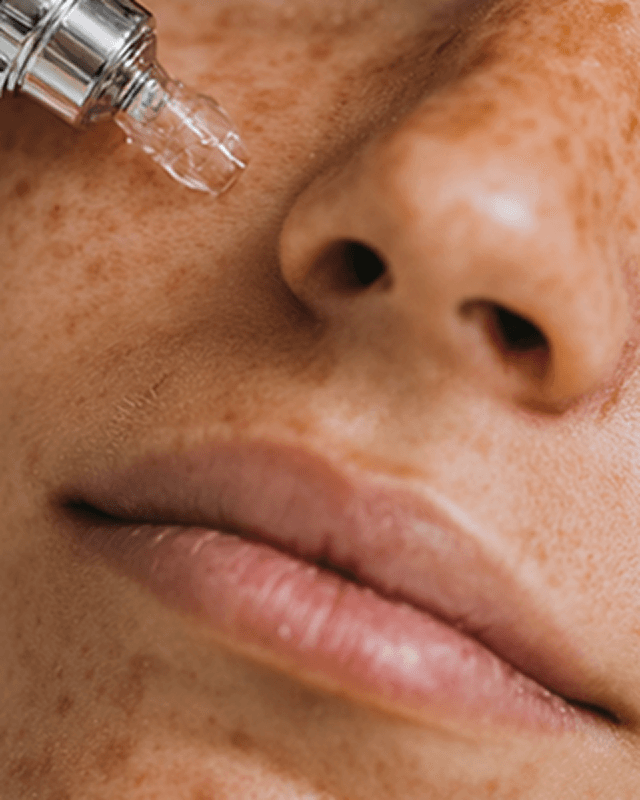
About Plasma pen
If you're looking for Plasma pen in Brighton and hove, MARBL makes it easy to compare medical-led clinics in one place. You can compare local clinics for Plasma pen in Brighton and hove without endless searching. Prices typically range from around £100 to £650, depending on the clinic, treatment area and number of sessions. All clinics on MARBL are medical-led and carefully vetted – we list only around 10% of clinics in the UK that meet our safety and quality standards. Browse verified reviews and book your appointment online in just a few clicks.
Plasma pen treatments use ionized gas to create controlled micro-injuries on the skin surface, triggering collagen production and skin tightening for non-surgical rejuvenation. These precise procedures address concerns like hooded eyelids, skin laxity, fine lines, and scarring through controlled sublimation of skin tissue. The treatments offer surgical-like results without incisions, providing both immediate tightening and progressive improvement through natural healing and collagen remodeling.
Clinics on MARBL offering plasma pen are carefully vetted for skin treatment expertise, safety protocols, and comprehensive rejuvenation capabilities. Treatments are performed by trained skin specialists with expertise in advanced treatment protocols, skin assessment, and comprehensive rejuvenation approaches. On each clinic page, you'll find detailed information about practitioner qualifications, treatment approaches, and guidance on achieving optimal results through professional care and comprehensive treatment support.
Sessions typically take 30-60 minutes depending on areas treated, with immediate tightening visible and progressive improvement continuing for 8-12 weeks. MARBL gives you everything you need to book confidently: transparent pricing, real-time availability, verified reviews, and certified plasma pen specialists near you.


































